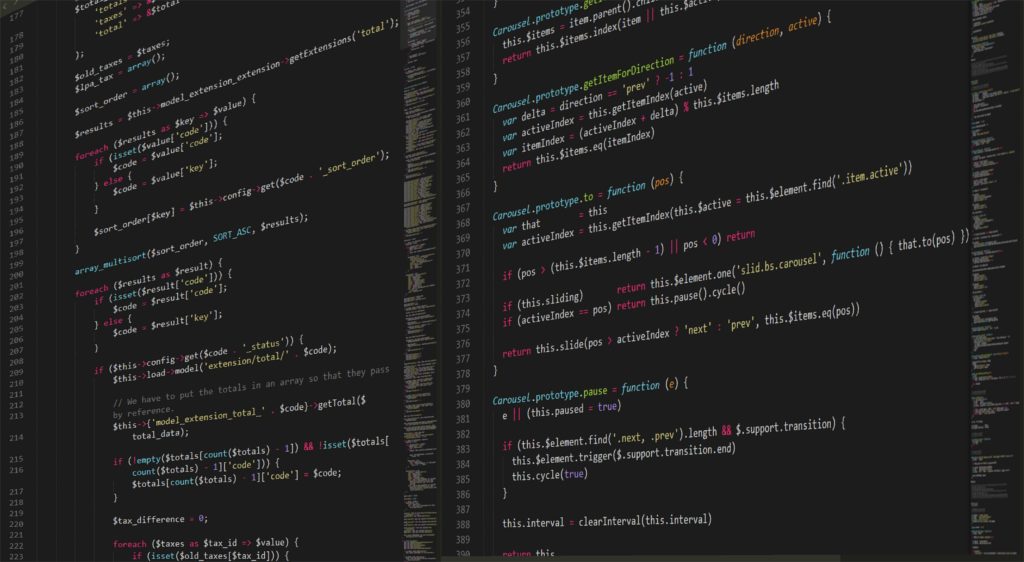Much like the last quarter of a close football game, financial reporting depends heavily on the month-end close. In this final financial stretch, accountants must tally up their numbers from the month’s myriad of activities and complete a sequence of critical tasks — duties that often pile up during the final countdown and are extremely overwhelming.
There are many processes within finance that are broken and perpetuate inefficient processes every month. In today’s day and age, a more user-friendly approach to month-end close and reconciliations is more than possible thanks to advancements in technology.
A 2020 global survey by McKinsey and Co. states that 66% of companies across industries have piloted the automation of business processes in one or more business functions. With digital automation, accounting can be made more systematic, alleviating monotony and even eliminating some tedious tasks for accountants. These digital applications can help to alleviate the overwhelming burden during the month-end close.
When accounting teams use automation, spreadsheet usage can be reduced by 50% or more, and reconciliation volume can be reduced by 10% to 40%, according to SkyStem, a SaaS company that delivers a powerful month-end close solution for accounting teams. Let’s take a look at four ways that accounting teams can automate and optimize their month-end financial duties and unlock a more efficient and fruitful financial future.
- Real-time automated dashboards
A real-time dashboard gives accounting teams an extreme advantage in a time that is inundated with so much data, and constantly evolving factors. A dashboard that gives up-to-date reports that can track processes and progress helps to make needed changes and improvements in real-time.
Automated dashboards give accountants’ a single-pane view and open up their bandwidth to push execution and efficiency to the next level during every month-end close.
- Automated month-end closing checklists
Checklists might seem old-school, but they are a tried and true way to help manage complicated processes that must be executed by multiple individuals working in synchronicity. For accountants, it also means that multiple individuals can contribute to a repeatable and successful outcome.
Month-end often comes with a series of activities to check off, so an automated checklist can achieve a strong and stable close month after month. These can be tasks such as what activities need to be done, the frequency of the activity, the current status, the completion date, or any special notes or reference numbers that need to be included for each box that needs to be checked.
These checklists should also evolve as accounts and factors change, regenerating so that they can be of the utmost efficiency at each month-end close—something that can be programmed with automated post-close analysis.
- Automated process improvements
There are subprocesses, such as journal entry and reconciliation work, that accountants know to be tedious and manual. Not to mention they are often time-consuming and error-prone. As companies adapt to an increasingly digital business landscape, the need to streamline processes will be necessary. Financial close is a perfect opportunity to try and automate repeatable tasks.
Small improvements have a big potential for improvement. When users interact with elements to complete a task, automation can replicate these steps to help streamline processes, making small adjustments that can be applied gently into a system without huge disruption.
They can also achieve even more efficiency through programming functionalities to be proactive in some cases. This helps to remove unnecessary tasks for accountants at month-end, using their brain power for higher-value tasks.
- Automated Benchmarking
Every accounting team is dealt a unique set of cards, and this hand can even change with each fiscal period—which is why benchmarks are important metrics. When you leave a paper trail of important measurements, ones that can even be automated to be tracked ahead of time, teams can ensure efficiency and overall progression.
Benchmarks can be determined by relevance including factors such as industry, revenue size, or department headcount to name a few. Measuring processes against our peers also helps individuals to better understand how teams are delegating people, resources, processes, and technological methods to inform decisions. The ultimate goal is to provide accounting teams with confidence in making informed decisions to manage resources effectively, especially at month-close.
Automation: A Key Metric for The Future of Accounting
97% of enterprise IT decision-makers agree that business process automation is crucial for digital transformation. Much of the tips from this article on how to automate key elements of accounting were derived from the ebook titled “Book of Secrets for the Month-End Close” by SkyStem.
About SkyStem
Headquartered in the heart of New York City, the company’s flagship solution, ART, is an enterprise technology that helps CFOs and Controllers shorten the time and resources needed for month-end close. Some of the focuses are to provide insightful reporting, help to issue financials by automating balance sheet reconciliations, and manage month-end tasks.
The web-based solution streamlines and eliminates up to 90% of manual activities while strengthening internal controls and corporate governance. To read in more detail about the secrets of streamlining and optimizing your month-end closing process, download the ebook here.
Disclosure: This article mentions a client of an Espacio portfolio company. This article originally appeared on The Sociable, a sister publication.












